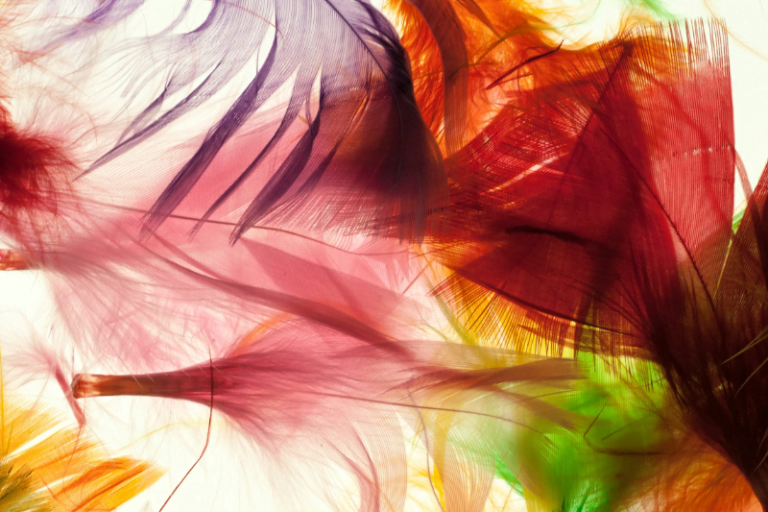What is abstraction in art and how to understand it?
Abstraction in art is one of the most intriguing and unusual trends. At first glance, it may seem chaotic and difficult to understand, but when we look deeper, we will discover that it hides an extraordinary freedom of expression and emotion. Unlike traditional art, abstraction does not try to reproduce reality in a literal way, but rather invites us to experience something more personal. In this article, we will look at what exactly abstraction is, where it comes from, and how we can better understand it.
What is abstract art?
Abstraction is art that does not try to represent the world as we see it. We will not find realistic figures, landscapes or objects in it. Instead, the artist uses forms, colors, lines and shapes to express their thoughts, emotions or concepts in a more free and non-obvious way. What we see on the canvas may resemble something familiar, but it can also be completely detached from reality.
Abstract art works on our senses and imagination. We can see different things in it, depending on our mood, experiences or way of thinking. Each of us perceives it differently, which makes it unique and very personal.
How did abstraction come about?
Abstraction as a trend in art appeared at the beginning of the 20th century. At that time, artists began to look for new ways of expressing themselves, tired of traditional forms of painting that focused on realistic representation of the world. One of the pioneers of abstraction was the Russian painter Vasily Kandinsky, who believed that colors and shapes can affect our emotions in the same way as music. Kandinsky believed that art should move our insides, not just our eyes.
Another important artist, Kazimir Malevich, went even further, creating works such as the famous “Black Square”. His art was as simplified as possible, focused on basic forms and colors, which was supposed to convey “pure” emotion and idea, without unnecessary embellishments.
How to perceive abstract art?
Looking at abstraction requires an open mind. Instead of trying to find specific characters or objects in it, it is worth approaching it with curiosity and asking yourself: “What do I feel when I look at this painting?” Abstraction rarely gives clear answers, but that is precisely its power. It can evoke various emotions in us, from calm to excitement, and it is often these emotions that are the key to understanding the work.
There is no “wrong” or “right” interpretation of abstraction. Everyone sees something different, because each of us has different experiences, sensitivities and perspectives. That is why it is worth trusting your intuition and allowing yourself freedom in perceiving this art.
Why is abstraction important?
Abstraction gives both artists and viewers incredible freedom. The artist does not have to stick to reality, they can create based on their emotions and imaginations. The viewer, in turn, is not forced to understand the work in a specific way – everyone can read abstraction in their own, unique way.
Thanks to this, abstraction not only decorates, but also provokes reflection. It is like a conversation in which no specific words are spoken, but which can nevertheless arouse deep thoughts and feelings in us. It gives us the opportunity to stop for a moment and listen to what is happening inside us.



